ESG Reporting
Gentian helps organisations integrate high-quality, nature-related data into ESG reporting. Our remote sensing and AI-powered platform delivers reliable and expert-checked biodiversity and habitat data that align with evolving disclosure standards such as TNFD and CSRD.
.webp?width=1503&height=1175&name=robin-mcskelly-Tn9cYNhzKc0-unsplash%20(1).webp)
How our ESG reporting works
Gentian’s ESG reporting services transform satellite imagery into high-quality nature data using AI and ecological expertise. We deliver the biodiversity and land use insights organisations need to report clearly and consistently.
Our platform maps habitats, tracks changes, and generates structured, repeatable nature metrics tailored for ESG reporting.
Built for compatibility with TNFD, CSRD, and other global frameworks, our data helps you disclose nature-related risks and opportunities with confidence.
-1.png?width=1570&height=1200&name=True%20Sage%20Graphic%20Two%20(3)-1.png)
Quantify habitat baselines for reporting and risk
Receive detailed habitat maps with Gentian biodiversity units, providing a clear and measurable baseline for reporting.
.png?width=1920&height=960&name=Services%20Pages%20Graphics-7%20(1).png)
See proximity to key biodiversity areas (KBAs)
Map your site location and surrounding buffer zones against key biodiversity areas, entirely remotely.
.png?width=1920&height=960&name=Services%20Pages%20Graphics-6%20(1).png)
Assess connectivity
Analyse how well your site’s habitats link to surrounding natural areas, helping you evaluate ecological networks and resilience.
.png?width=1920&height=960&name=Services%20Pages%20Graphics-8%20(1).png)
Compare your sites
Benchmark biodiversity and connectivity scores across multiple sites for portfolio-wide risk assessment and prioritisation.
.png?width=1920&height=960&name=Services%20Pages%20Graphics-9%20(1).png)
What is ESG reporting?
Why is ESG reporting important?
ESG reporting helps organisations demonstrate transparency, accountability, and long-term value to investors, regulators, and other stakeholders. As environmental and social risks rise, clear disclosures on how a company interacts with nature, people, and governance frameworks are becoming essential.
Effective ESG reporting supports risk management, improves access to capital, strengthens brand trust, and ensures compliance with emerging regulations like CSRD and TNFD.
.jpg?width=1200&height=800&name=lee-tianxian-Ys4r5Zo9KcE-unsplash%20(1).jpg)
What is ESG reporting used for?
ESG reporting is used by organisations to communicate how they manage environmental, social, and governance risks and impacts. It supports transparency for investors, regulators, customers, and other stakeholders, demonstrating responsible practices and long-term value.
In particular, ESG reporting helps track and disclose nature-related issues like biodiversity loss, land use, and ecosystem change. These insights are increasingly important for complying with regulations (e.g. CSRD, TNFD), attracting sustainable finance, and informing strategic decision-making.
.jpg?width=6143&height=4095&name=joseph-corl-O_UXAEpsPvM-unsplash%20(1).jpg)
Common ESG reporting standards
- TNFD (Taskforce on Nature-related Financial Disclosures): Discloses nature-related risks and opportunities using the LEAP approach.
- CSRD (Corporate Sustainability Reporting Directive): Mandatory EU regulation requiring detailed ESG disclosures, including biodiversity and land use.
- SBTN (Science Based Targets for Nature): Helps organisations set and measure targets for reducing nature-related impacts.
- GRI (Global Reporting Initiative): One of the most widely adopted ESG standards, with specific metrics on biodiversity (e.g. GRI 304).
- ISSB (International Sustainability Standards Board): Global sustainability disclosure framework built on TCFD and SASB principles.
%20(1).jpg?width=1200&height=800&name=benjamin-cheng-YQX__pIYA9E-unsplash%20(1)%20(1).jpg)
How is a materiality assessment conducted for ESG reporting?
A materiality assessment identifies which ESG issues are most significant to an organisation and its stakeholders. It helps ensure ESG reporting focuses on the impacts, risks, and opportunities that matter most. The process typically involves:
- Stakeholder engagement – consulting investors, employees, customers, and regulators to understand their priorities
- Impact mapping – assessing how company activities affect nature, people, and long-term business performance
- Risk and opportunity analysis – identifying financially material environmental or social exposures
- Prioritisation – ranking issues based on relevance to stakeholders and strategic importance
- Disclosure alignment – linking the findings to reporting frameworks like CSRD, GRI, or TNFD
Gentian supports this process by providing robust, spatially-explicit nature data to inform environmental materiality assessments.
%20(1)-1.jpg?width=1700&height=1133&name=james-wainscoat-hjmED1qivmc-unsplash%20(1)%20(1)-1.jpg)
Why choose Gentian?
Gentian uses advanced remote sensing and ecological expertise to help organisations integrate nature into ESG reporting. Our fully remote, scalable approach delivers biodiversity and land use data across global sites, without the delays or costs of fieldwork.
Outputs align with TNFD, CSRD, and other major frameworks, offering structured, auditable insights for board reporting and investor disclosures. With expert support throughout, Gentian gives you the clarity and confidence to embed nature into your ESG strategy.
.jpg?width=2000&height=1333&name=k8-glEq5uPpBQs-unsplash%20(1).jpg)
Our four pillars
Cost-efficient & scalable
Eliminates the need for expensive, manual field surveys.
Rapid delivery
Assessments completed in days or even minutes, not weeks or months.
Unparalleled accuracy
Sub-meter resolution satellite imagery for precise habitat mapping.
Trusted data
Reports fully aligned with statutory metrics and checked by our in-house ecological experts for quality.
We are trusted by

.png?width=1540&height=558&name=GFSA_DigitalBadge_withoutyear_2024%20(1).png)
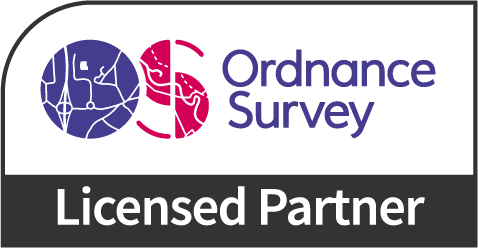





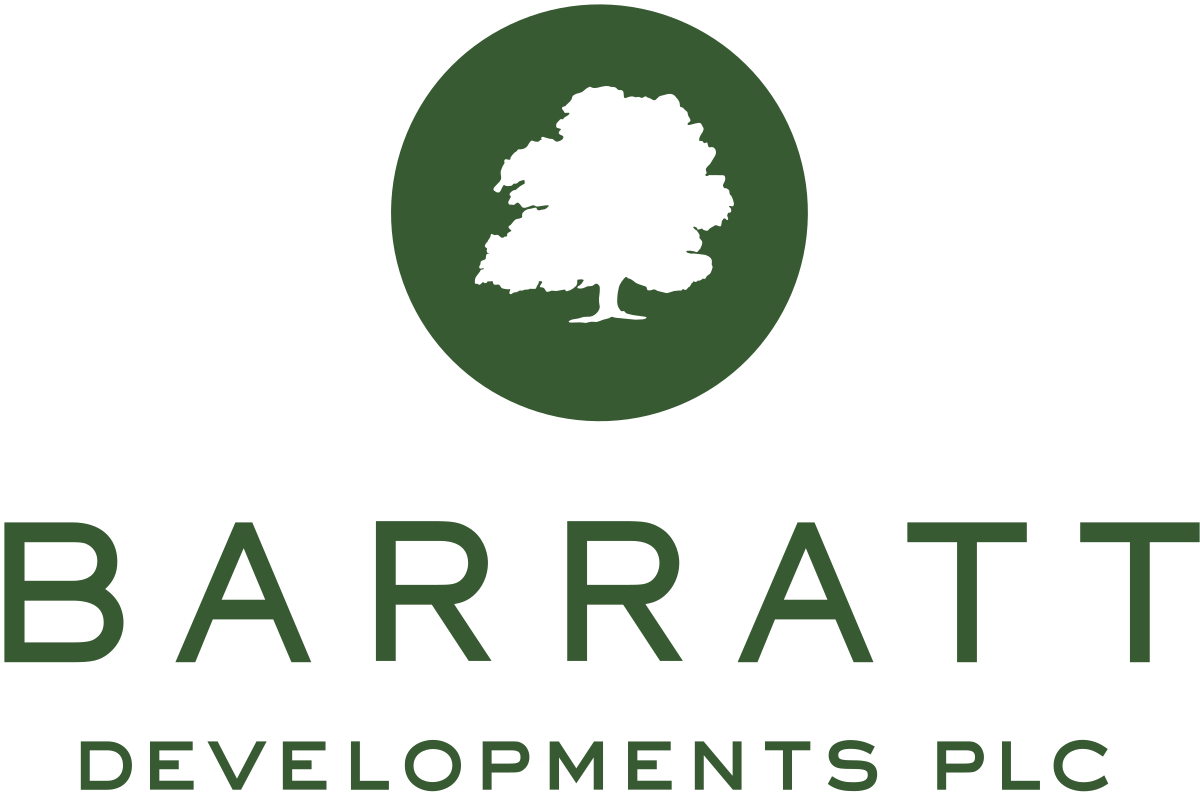



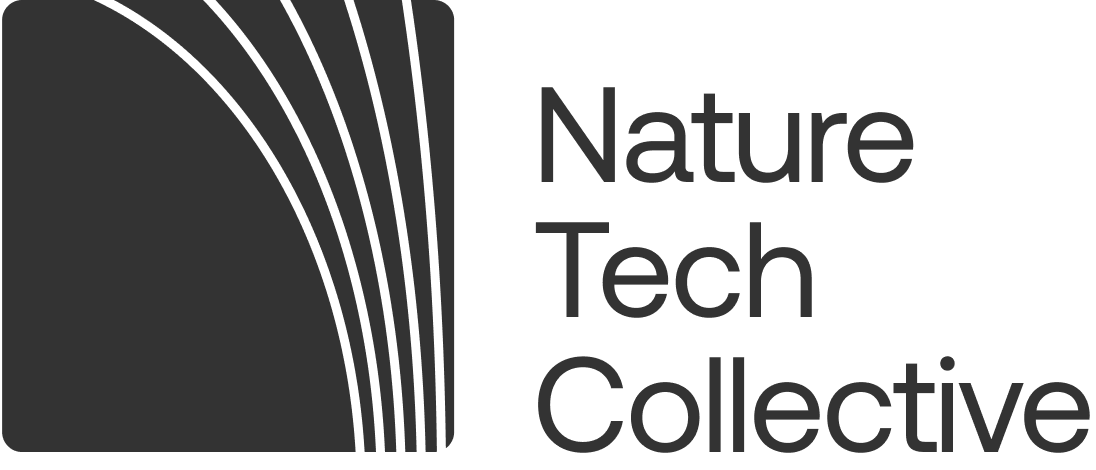
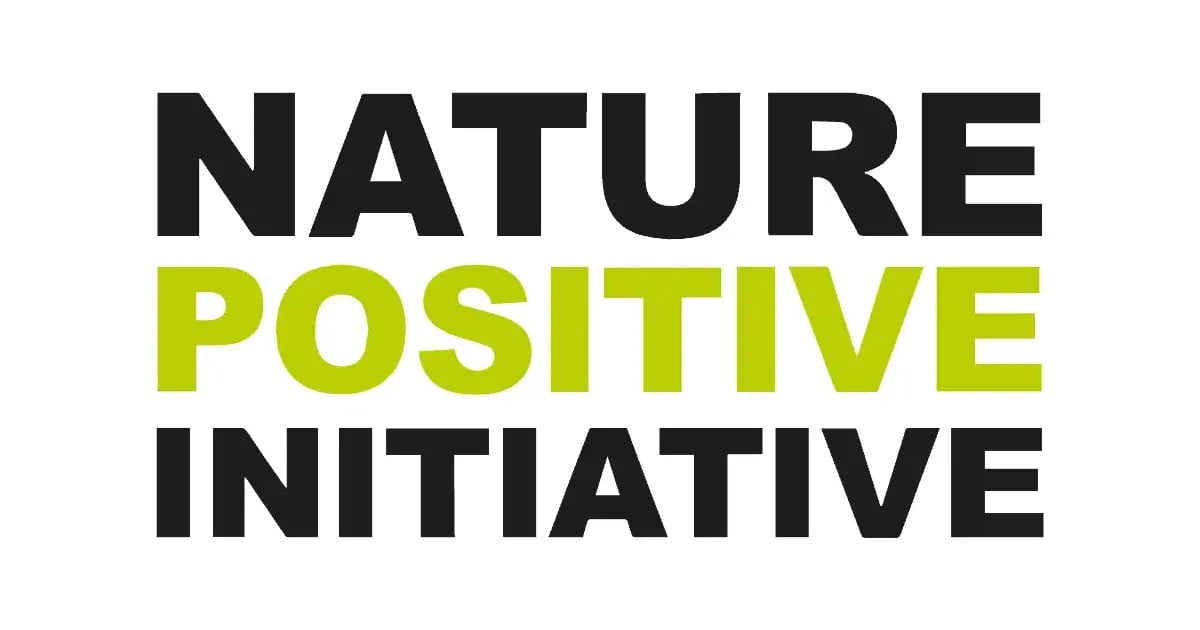
FAQs
Is ESG reporting mandatory?
ESG reporting is becoming increasingly mandatory in many regions, but requirements vary by country, sector, and company size. In the UK, large listed companies must already disclose climate-related risks, and broader sustainability reporting requirements are expected under the upcoming UK Sustainability Disclosure Standards (SDS).
In the EU, the Corporate Sustainability Reporting Directive (CSRD) makes ESG reporting mandatory for thousands of companies, including some non-EU firms operating in Europe.
Globally, frameworks like the ISSB and TNFD are gaining regulatory traction. Even where not yet mandatory, many companies choose to report voluntarily to meet investor expectations, prepare for future regulations, and demonstrate leadership on sustainability.
What are the challenges in ESG data collection and reporting?
Key challenges include inconsistent data quality, lack of standardised metrics, limited access to site-level information, and difficulty linking nature data to financial performance. Many organisations also struggle with fragmented data systems or a lack of internal expertise. Gentian addresses these barriers by delivering clear, spatially referenced nature data that’s aligned with leading frameworks and ready for integration.
How does ESG reporting differ from Corporate Social Responsibility (CSR)?
CSR is typically values-driven and focused on philanthropic or reputational initiatives. ESG reporting, by contrast, is standards-based and designed to inform investors and regulators about material risks, performance, and impact. ESG integrates environmental and social metrics into core business strategy, supported by evidence and external frameworks like TNFD or CSRD.
What is 'greenwashing' and how can robust ESG reporting help avoid it?
Greenwashing occurs when an organisation overstates or misrepresents its environmental efforts. Robust ESG reporting helps avoid this by grounding claims in verifiable, auditable data, backed by science and aligned with recognised frameworks. Transparent, consistent reporting builds trust and protects against reputational risk.
How can Gentian help get you started with ESG reporting if you're new to it?
Gentian makes it easy to begin by delivering ready-to-use nature data tailored for ESG reporting. We help you understand your biodiversity baseline, identify key risks and opportunities, and align your outputs with frameworks like TNFD and CSRD. Our team of experts works with you to interpret results and build confidence, whether you’re starting from scratch or enhancing existing reports.
Related services
.jpg?width=1200&height=900&name=nathan-queloz-uH6aUN38ep8-unsplash%20(1).jpg)
CSRD Reporting
Gentian helps organisations meet CSRD requirements by providing high-resolution nature data for site-level impact assessment, risk screening, and biodiversity disclosure.
.jpg?width=1600&height=1067&name=claudel-rheault-ZVbv1akA-l4-unsplash%20(1).jpg)
Habitat Mapping
Gentian uses AI and satellite imagery to map habitats with speed and accuracy. Ideal for baselines, monitoring, or biodiversity risk insights—giving you a clear view of the landscape.
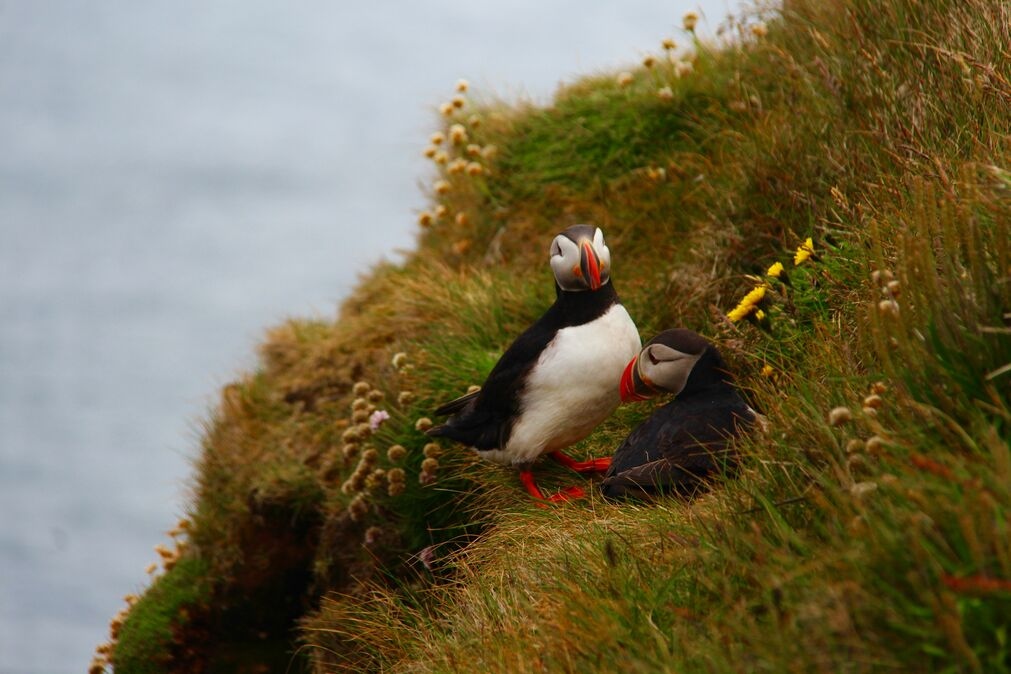
Biodiversity Monitoring, Reporting and Verification (MRV)
Our AI-powered MRV solutions deliver accurate, remote assessments of habitat change and ecological condition over time, aligned with TNFD, CSRD, and other global standards.
.jpg?width=1200&height=900&name=joao-pedro-schmitz-vs6ltDq6Ynk-unsplash%20(1).jpg)
TNFD Reporting
Gentian helps organisations prepare for nature-related disclosures with AI-powered biodiversity data aligned to the TNFD framework. Our platform delivers high-resolution, structured insights that support each stage of the LEAP process.
Get in touch
Whether you’re scoping a site, shaping a sustainability strategy, or monitoring long-term change, we’re here to help. Let’s explore how Gentian’s tools can support your environmental goals with speed, accuracy, and clarity.